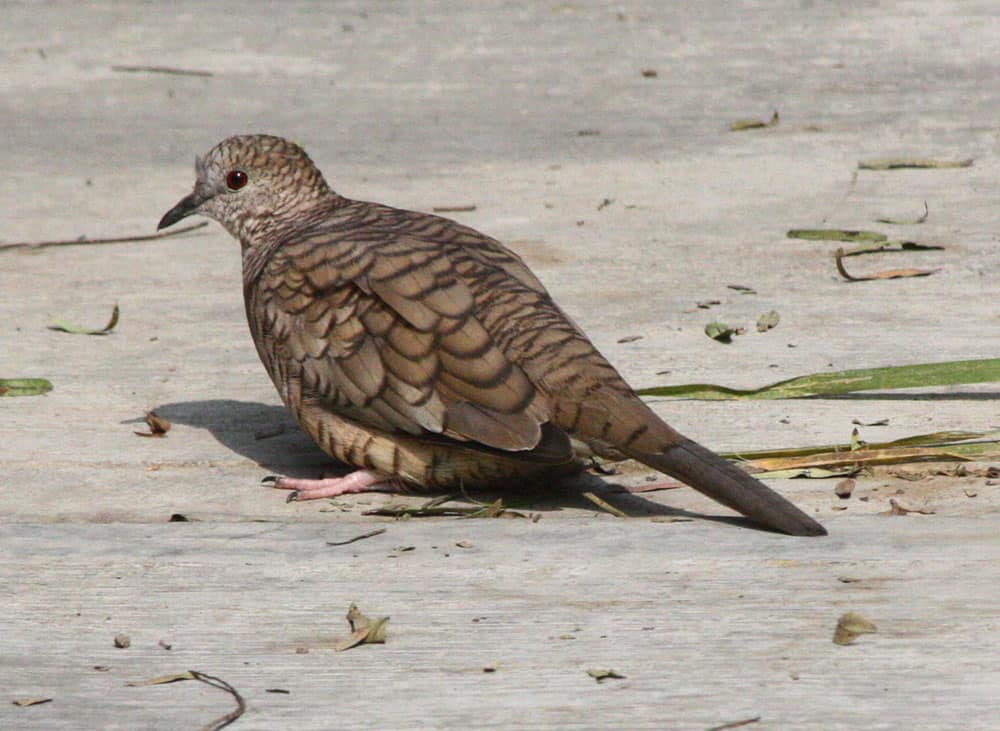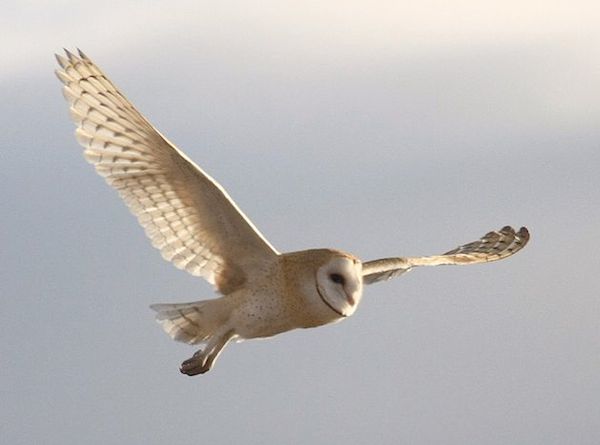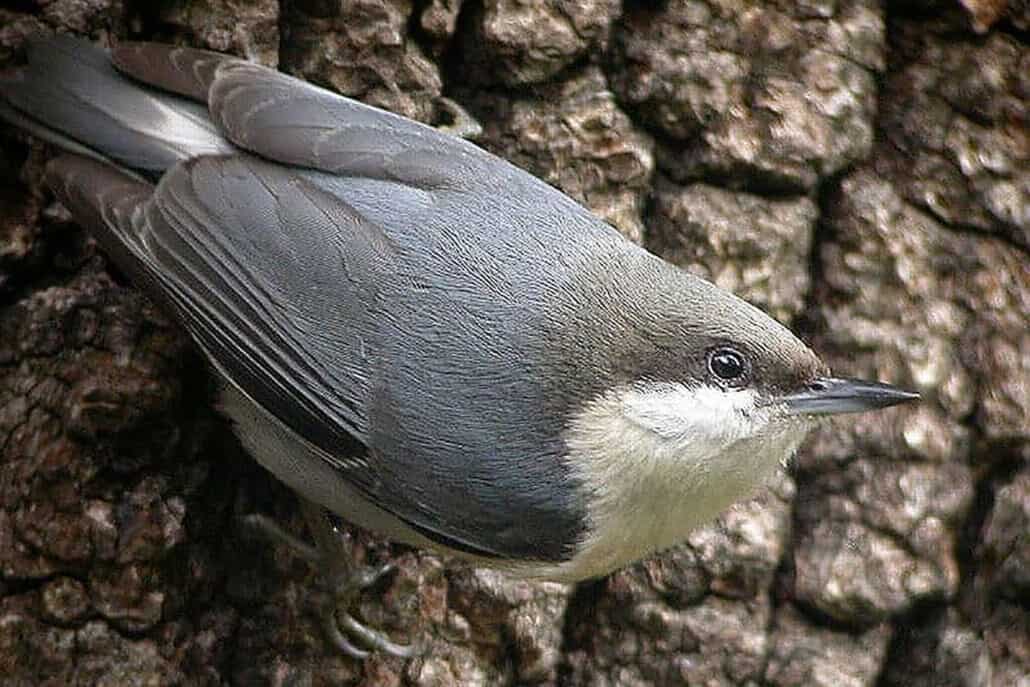What Does an Inca Dove Look Like?
The Inca dove is a small, slender dove with an overall grayish-tan plumage. Its underparts, throat, and face are often a shade lighter than its upperparts. Its feathers are edged with brown all over its body, giving it a unique, scaly appearance. It has a long, squared-off tail with white outer tail feathers. The undersides of its wings are a deep reddish-brown that becomes easily visible while the Inca dove is in flight. It has a narrow black bill with a minor downward curve at the end as well as short, pink legs.
Listen For
The Inca dove’s call is a low, somber repetition of the same short notes. Many birders describe its call as sounding like no-hope.
Where to Find an Inca Dove
The Inca dove lives in the southwest part of the country from southern California all the way east to a small western part of Louisiana and further down south across most of Mexico. It prefers to live among humans in urban and rural environments including farms, parks, and backyards. The dove likes a variety of different tree and shrubs, preferring any open, dry, and warm environments. It will occasionally nest close to streams or small rivers, but typically prefers dispersed scattered tree or shrubs over woodlands.
Feeding Behavior
The Inca dove primarily feeds on a wide variety of seeds including seeds from grasses, flowers, shrubs and other foliage. It also feeds from bird feeders, which is the primary reason populations can be maintained so efficiently in urban areas. From these feeders it eats grain, birdseed, corn, sunflower seeds and others. On rare occasion it will also eat fruit. It forages by walking on the ground, picking up seeds as it goes.
Nesting Behavior
The Inca dove places its nest in a variety of locations including in a tree up to 50 feet and in manmade objects such as a windowsill, birdhouse, ledge, or electric pole. It is very flexible and will sometimes place its nest on the ground or reuse the nest of another bird if it proves most efficient.
The female builds the nest with the assistance of the male, forming a loose, shaky platform of sticks, twigs, and leaves lined with fine plant materials such as grass. The female lays 2 eggs that are plain white. Both parents incubate the eggs before hatching after 15 to 16 days. Both parents feed and care for the young before they leave the nest after 12 to 26 after which the parents may care for them an additional 7 days.




